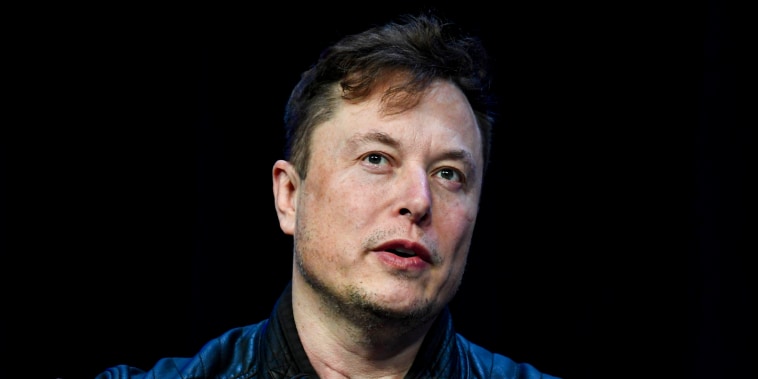The recent downsizing at Tesla has been a significant development, with the company reducing its workforce by at least 14% this year. The decision comes in the wake of CEO Elon Musk’s announcement that layoffs would exceed 10%, indicating a further reduction in staff numbers. This move has sparked discussions and debates within the industry about the reasons behind Tesla’s downsizing and its potential implications for the company’s future.
One of the key factors driving Tesla’s downsizing is its ongoing efforts to streamline operations and improve operational efficiency. By reducing its workforce, the company aims to optimize its resources and focus on core business priorities. Additionally, the downsizing can be seen as part of Tesla’s broader strategic realignment in response to changing market dynamics and internal challenges.
Moreover, Tesla’s downsizing could be a strategic response to financial pressures and the need to demonstrate profitability to investors. The company has faced scrutiny over its financial performance and cash flow in recent years, prompting it to make tough decisions to cut costs and improve its financial outlook. By reducing its workforce, Tesla may be seeking to trim expenses and enhance its bottom line in a competitive market environment.
Another aspect to consider is the impact of Tesla’s downsizing on its employees and the broader workforce. Layoffs can have profound effects on individuals and their families, leading to job insecurity and financial strain. It is essential for companies like Tesla to handle downsizing processes with sensitivity and transparency, providing support to affected employees and helping them transition to new opportunities.
Furthermore, Tesla’s downsizing raises questions about the company’s ability to sustain its position as a leading player in the electric vehicle market. While downsizing can yield short-term cost savings and efficiency gains, it is crucial for Tesla to strike a balance between cost-cutting measures and long-term growth strategies. The company must continue to innovate, invest in research and development, and expand its market reach to stay ahead in a rapidly evolving industry.
In conclusion, Tesla’s downsizing reflects the company’s proactive approach to addressing challenges and seizing opportunities in a competitive market landscape. By restructuring its workforce and operations, Tesla is striving to enhance its efficiency, financial performance, and market position. However, the long-term success of Tesla will depend on its ability to navigate complex industry dynamics, foster innovation, and create value for customers and shareholders amid ongoing changes and uncertainties.
